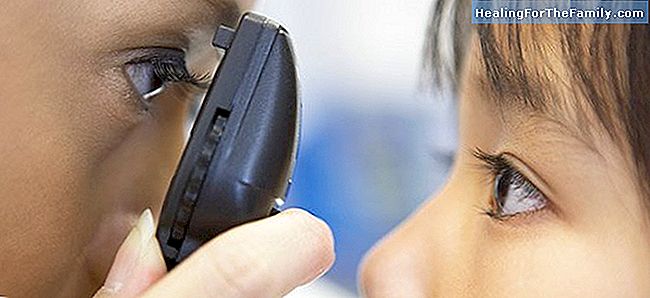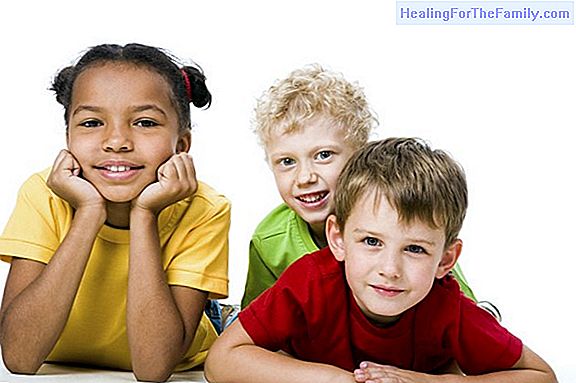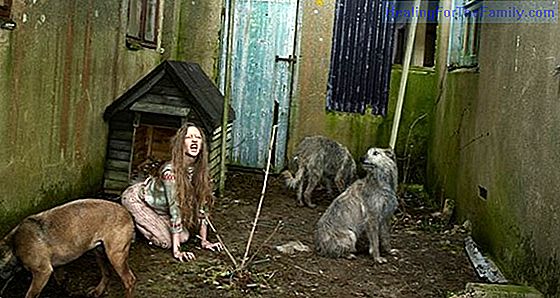The difficulties of a child with strabismus
Strabismus is an eye disorder and occurs when there is a lack of parallelism in the eyes of the child. It is a deviation in the focus of the gaze, in such a way that the eyes seem to go their separate ways and do not converge. Not only is it a disorder that can be seen at a glance because the child
Strabismus is an eye disorder and occurs when there is a lack of parallelism in the eyes of the child. It is a deviation in the focus of the gaze, in such a way that the eyes seem to go their separate ways and do not converge.
Not only is it a disorder that can be seen at a glance because the child squints, but also causes the child double vision or blurred vision, which produces that may have learning problems.
Difficulty of learning in children with strabismus

Children with strabismus have different difficulties related to learning, especially those that are associated with coordination. By not having a binocular vision, usually are children who tend to be a little more clumsy since it costs them a little more to coordinate. This happens because they are not able, or have a hard time, to calculate depth and distances.
Throughout the development, different strategies can be generated to help children with strabismus . There are children who are more skilled and will cost less, but children who are less skilled, will have to make a superior effort to do certain types of coordination tasks and will always be superior to any other children who do not have strabismus.It is also common for children with strabismus to be more tired at the end of the day because of the effort they have to make when they receive only information from one of the eyes, that their eyes sting, that they get irritated.
Detecting a strabismus is usually very simple because apparently in most cases there is physical evidence, yes
we can see that one of the eyes deviates , therefore when detecting it most of it is They can detect at a glance.Therefore the important thing, since strabismus that can be seen with the naked eye, is to see at a visual level what skills are being harmed and may be being damaged so that the ophthalmologist or optometrist can treat them.
With the collaboration of:
Teresa Molina Martín

Optician and optometrist
ISAVI, Institute of Visual Health












